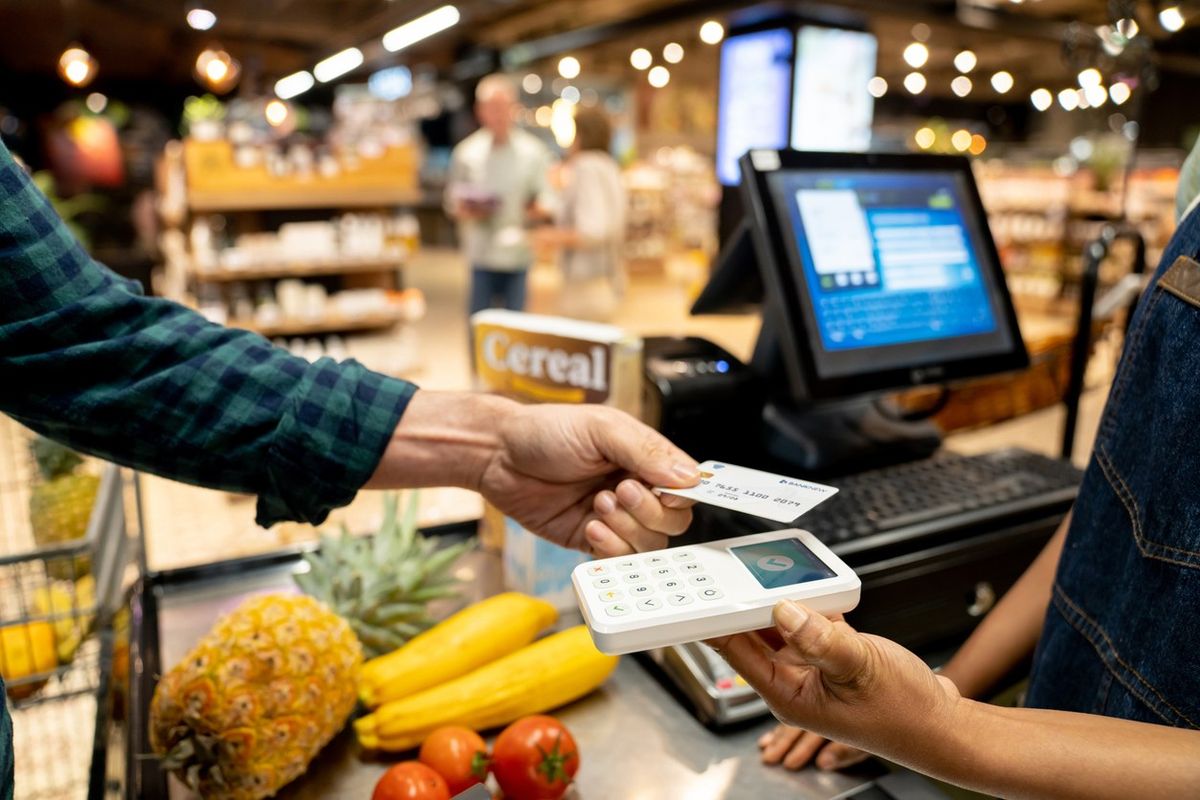Key Summary:
- Sales at Symbols & Independents grew 3.9 per cent year-on-year in the 12 weeks to 15 June 2025, up from 3.3 per cent in May and 1 per cent in April.
- Grocery footfall surged to its highest level since March 2020, with UK households averaging nearly 17 supermarket trips in a month.
- Shoppers are increasingly favouring own-label products and promotions amid rising food inflation, now at 4.7 per cent.
Symbols and Independents recorded a 3.9 per cent year-on-year rise in sales for the 12 weeks ending 15 June 2025, according to the latest figures from Kantar. The rate of growth has steadily improved in recent months – up from 3.3 per cent in May and 1 per cent in April – signalling resilience among convenience retailers despite stiff competition and inflationary pressure.
The boost comes as total take-home grocery sales grew by 4.1 per cent year-on-year across the sector, driven largely by increased footfall. Shoppers made 490 million trips to grocery stores in the four weeks to 15 June – the highest monthly total since March 2020.
Commenting on the findings, Fraser McKevitt, head of retail and consumer insight at Kantar, said: “Higher prices didn’t stop shoppers making 490 million trips to the supermarket over the latest month, averaging almost 17 per British household. That’s the highest we’ve recorded since March 2020.”
“As the sun tempted more people out, fresh fruit sales were one of the biggest winners. Consumers bought 2,400 packs of strawberries every minute in the last four weeks. People are trading up to more exotic fruits too, with sales of mangoes and blueberries climbing by 27 per cent and 10 per cent each.”
Inflation up, spending patterns shift
Grocery price inflation reached 4.7 per cent in June – the highest level since February 2024 – up from 4.1 per cent in May. Despite this, shoppers appear to be managing costs by shifting behaviours.
“Consumer concerns over price are continuing, and this is reflected in the figures,” McKevitt said. “Sales of own label ranges grew at 4.2 per cent this month, ahead of branded lines, as shoppers looked to balance their budgets. Deals also remain an important tool for retailers to offer value and the proportion of spending on promotion stepped up to 28.8 per cent this period.”
While total grocery volumes declined slightly by 0.4 per cent, the first year-on-year decline this year, the growth in store visits and demand for promotions points to a dynamic retail environment, where agility and value remain key.
Kantar also flagged an emerging trend that may affect grocery demand in the long term: the growing popularity of GLP-1 weight-loss drugs.
“Four in 100 households in Great Britain now include at least one GLP-1 user,” said McKevitt. “While it’s still pretty low, it’s definitely a trend that the industry should keep an eye on… four in five of the users we surveyed say they plan to eat fewer chocolates and crisps.”
Lidl and Ocado lead growth
Ocado was the fastest growing grocer with sales up 12.2 per cent in the 12 weeks to 15 June 2025. Its growth continues to be driven by more frequent visits to the online store, and strong performance within its traditional heartlands of London and Southern England.
Among bricks and mortar grocers, Lidl was the fastest growing at 11.2 per cent – its third consecutive month of double-digit growth. Lidl’s portion of the market reached 8.1 per cent, an increase of 0.4 percentage points on this time last year. Fellow discounter Aldi increased its share to 10.9 per cent as sales rose by 6.5 per cent.
Spending through the tills at Tesco accelerated to 7.0 per cent. The grocer saw the highest share gain over the period, at 0.5 percentage points, taking it to 28.1 per cent. Sainsbury’s’ share also nudged up in the last 12 weeks to 15.2 per cent, as sales grew by 5.7 per cent. Morrisons now holds 8.4 per cent of the market, with spending rising by 2.2 per cent.
Asda’s market share stands at 11.9 per cent with sales through the tills 1.7 per cent lower than a year ago, but this does represent an improving trend as the Leeds-based retailer looks to return to growth over the summer months. Waitrose boosted its sales by 5.5 per cent – the highest since March 2021, meaning it now holds a 4.5 per cent portion.
Convenience retailer Co-op accounts for a 5.3 per cent share while frozen food specialist Iceland retains 2.3 per cent with sales climbing by 1.9 per cent. Spending on groceries at M&S rose by 12.0 per cent over the same period.


